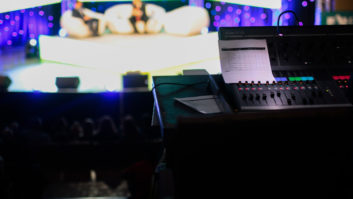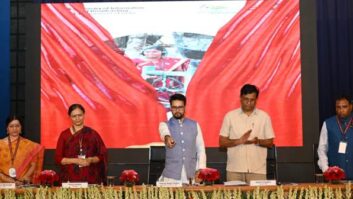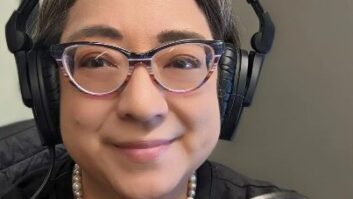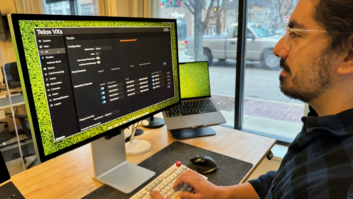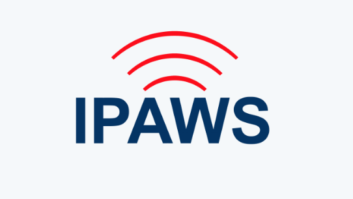The author is membership program director of the National Federation of Community Broadcasters. NFCB commentaries are featured regularly at www.radioworld.com.
Alaska became the latest battleground for funding noncommercial media this past week after Gov. Mike Dunleavy vetoed an appropriations bill approved by state lawmakers. It is among many moves that are set to make the governor an unpopular figure, and this one affects state media immensely.
On July 1, Dunleavy vetoed nearly 200 line items in the budget, scratching $400 million in costs in a bid to stem the deficit. The biggest of these was $130 million for state universities. He has pledged to cut more from Medicaid, education and the state’s ferry system next year.
[Read: Community Broadcaster: Be Like Ghostface Killah]
“For years, for decades, Alaska’s government side of the economy has been pretty big. It’s going to be smaller. But that doesn’t mean Alaska’s best days are behind us. Quite the contrary, I think Alaska’s best days are ahead of us,” Dunleavy is quoted by Alaska Public Media.
Legislators pledged to meet July 8 in an attempt to override the veto, but it is expected to be unsuccessful, given 45 of the state’s 60 representatives and senators would have to agree with an override.
Current laid out the grim outlook for the state’s noncommercial broadcasters, who saw their full allotment of $2.7 million — $2 million of which went to radio — wiped out by the governor. In the short term, staff cuts, programming reductions and more are likely. In later years, the impact will surely be felt across organizations in significant ways.
Why does this matter?
Alaska has so many open areas of wilderness and rural communities where radio remains an important infrastructure pipeline. Ensuring there is state investment in this key piece of education and emergency preparedness capacity is essential for Alaskans. The Alaska Broadcasters Association has raised concerns how Dunleavy’s veto, consistent with a spring budget in which he argued for identical cuts, could heavily affect rural stations.
On KCAW’s website, General Manager Becky Meiers says that station alone will lose some 18% of funding, resulting in potential layoffs and cuts. What that practically means for Alaskans and every American who needs to be informed about the affairs in one of our nation’s most critical regions is that the services they enjoy will be diminished.
Statistically, the portion for broadcasters is miniscule, but what stations like KCAW and its compatriots at CoastAlaska turn that support into is remarkable. From preservation of the state’s indigenous culture to award-winning journalism to local arts, Alaska noncommercial broadcasters provide some of the most unique, innovative services available in the United States. While I trust that the many outstanding public media professionals in the state can generate the needed funds to keep their dynamic services going, this current crisis does not need to be this way.
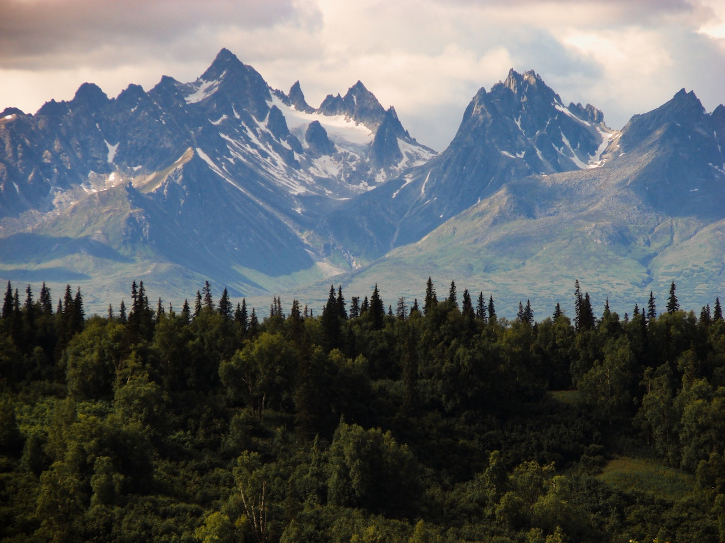
Dunleavy is one of many politicians who suggest a patchwork of foundation money and business partnerships will keep the ship afloat. “With access to grants, federal funding, or other innovative sources of funding, we believe [media] will continue to provide services to Alaskans and will prioritize its services so it reaches the Alaskan communities that most need news and information,” according to an unsigned press briefing noted by Current. However, this insistence is frankly divorced from reality.
As any nonprofit leader can tell you, what foundations and funders are asking about almost universally is impact. For Alaska, with its small potential reach generally, making that case is not easy. To give you some perspective, the city of Indianapolis is literally 100,000 people bigger than the entire state of Alaska. It’s safe to say that some Alaskan communities have more otters than people. What the governor bases the notion that grants will save Alaska public radio and television is a mystery.
Dunleavy’s backers say emergency preparedness is better served through mobile phones than broadcast. Yet there’s a reason why the Federal Communications Commission is doing its upcoming test of the Emergency Alert System removed from digital channels. If, during an emergency, cell and internet service is lost, broadcast noncommercial radio remains crucial. In towns where cellular and internet service can be inconsistent, radio’s ability to provide such an alert may be the difference between life and death.
One can hope the citizens of Alaska and lawmakers make it clear to the governor how essential public and community broadcasting is to the state. These stations ask for so little, but give so much to their communities.
[Subscribe to our newsletter and get it delivered right to your inbox.]





